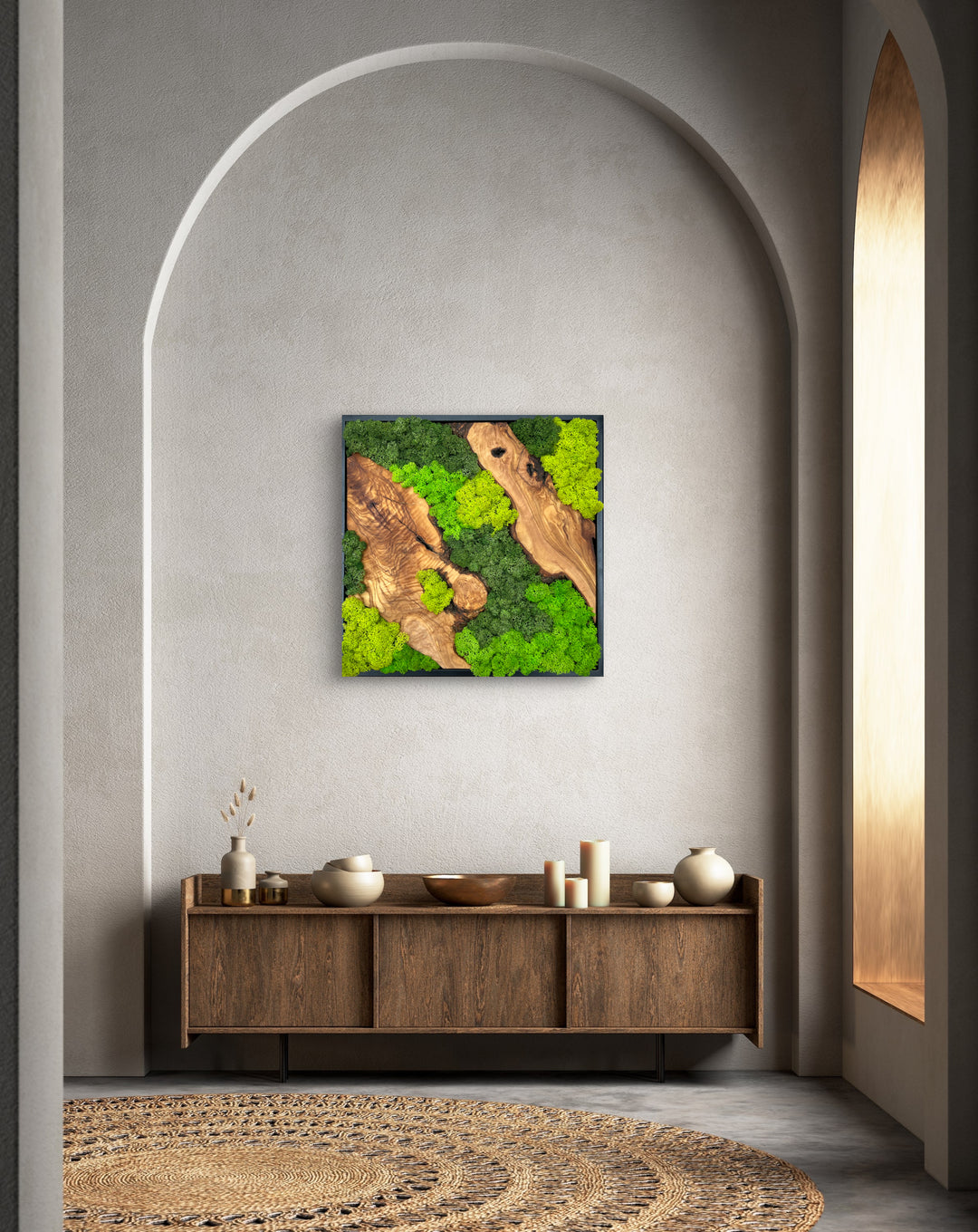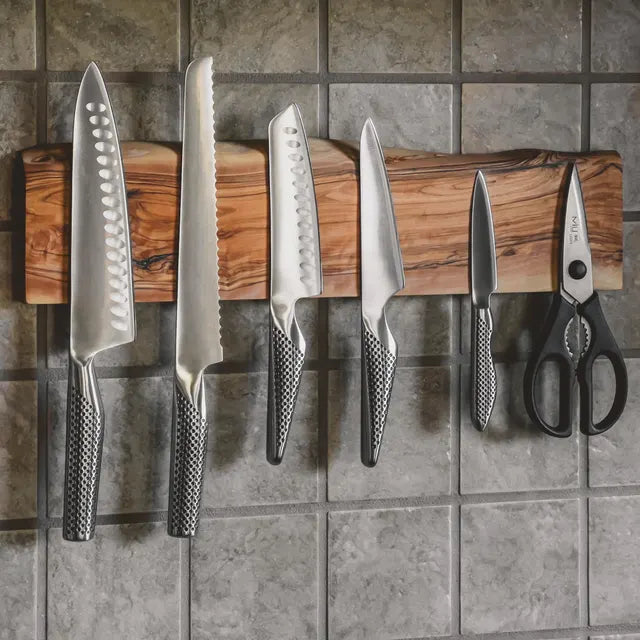The Art of Caring for Olive Wood Products: A Guide to Lasting Beauty
Olive wood products have long been prized for their natural beauty, durability, and rich history. From intricately carved utensils to elegant home decor, these items add a touch of elegance and sophistication to any space. However, like any natural material, olive wood requires proper care to maintain its luster and longevity. In this blog post, we will explore the art of caring for olive wood products, providing you with essential tips to ensure they remain beautiful for years to come.
Seasoning and Initial Care:
Before using your olive wood product for the first time, it is essential to season it properly. This process involves rubbing the surface with a food-safe mineral oil or beeswax to seal the wood and enhance its natural color and grain. Allow the oil or wax to penetrate the wood for a few hours or overnight, then wipe off any excess with a soft cloth. Seasoning helps protect the wood from moisture, stains, and cracks, providing a solid foundation for ongoing care.
Regular Cleaning:
To keep your olive wood products looking their best, regular cleaning is crucial. Wash them by hand with warm, soapy water, and avoid soaking them for extended periods. Never use harsh chemicals, abrasives, or dishwashers, as they can damage the wood. After washing, rinse the items thoroughly and dry them immediately with a towel. Avoid air drying, as it can lead to moisture absorption and potential warping.
Moisture Management:
Olive wood is sensitive to changes in moisture levels, so it's essential to maintain a balanced environment. Avoid exposing your olive wood products to extreme heat or direct sunlight, as these conditions can cause the wood to dry out and crack. Similarly, do not store them in damp or excessively humid areas, as this can lead to swelling and warping. Ideally, store your olive wood items in a cool, dry place to preserve their integrity.
Rejuvenation and Conditioning:
Over time, olive wood may appear dull or dry due to regular use or exposure to air. To rejuvenate its natural beauty, periodically apply a small amount of food-safe mineral oil or beeswax to the surface. Rub the oil or wax in a circular motion with a soft cloth, allowing it to penetrate the wood. This process replenishes the wood's natural oils, restores its shine, and helps maintain its structural integrity.
Avoiding Extreme Temperatures:
Extreme temperatures can have a detrimental effect on olive wood products. Avoid exposing them to rapid temperature changes, such as placing them in the oven or refrigerator. Extreme heat can cause the wood to dry out and crack, while extreme cold can lead to shrinking and splitting. When using your olive wood products for serving hot foods or beverages, always use trivets or coasters to protect the surface.
Prevention of Stains and Odors:
Olive wood has a natural resistance to staining, but it is still advisable to take precautions. Avoid leaving acidic or strongly colored foods or liquids in contact with the wood for prolonged periods. If a stain does occur, gently clean the affected area with a mild abrasive like baking soda or a lemon juice and salt mixture. Remember to rinse and dry the item thoroughly after cleaning to prevent lingering odors.
Conclusion:
Caring for olive wood products is a labor of love that ensures their longevity and beauty for generations. By following these simple guidelines, you can preserve the natural charm and elegance of your olive wood items. Remember to season them before use, clean them regularly with care, manage moisture levels, rejuvenate the wood when necessary, avoid extreme temperatures, and prevent stains and odors. With proper maintenance, your olive wood products will continue to grace your home with their timeless allure







Leave a comment